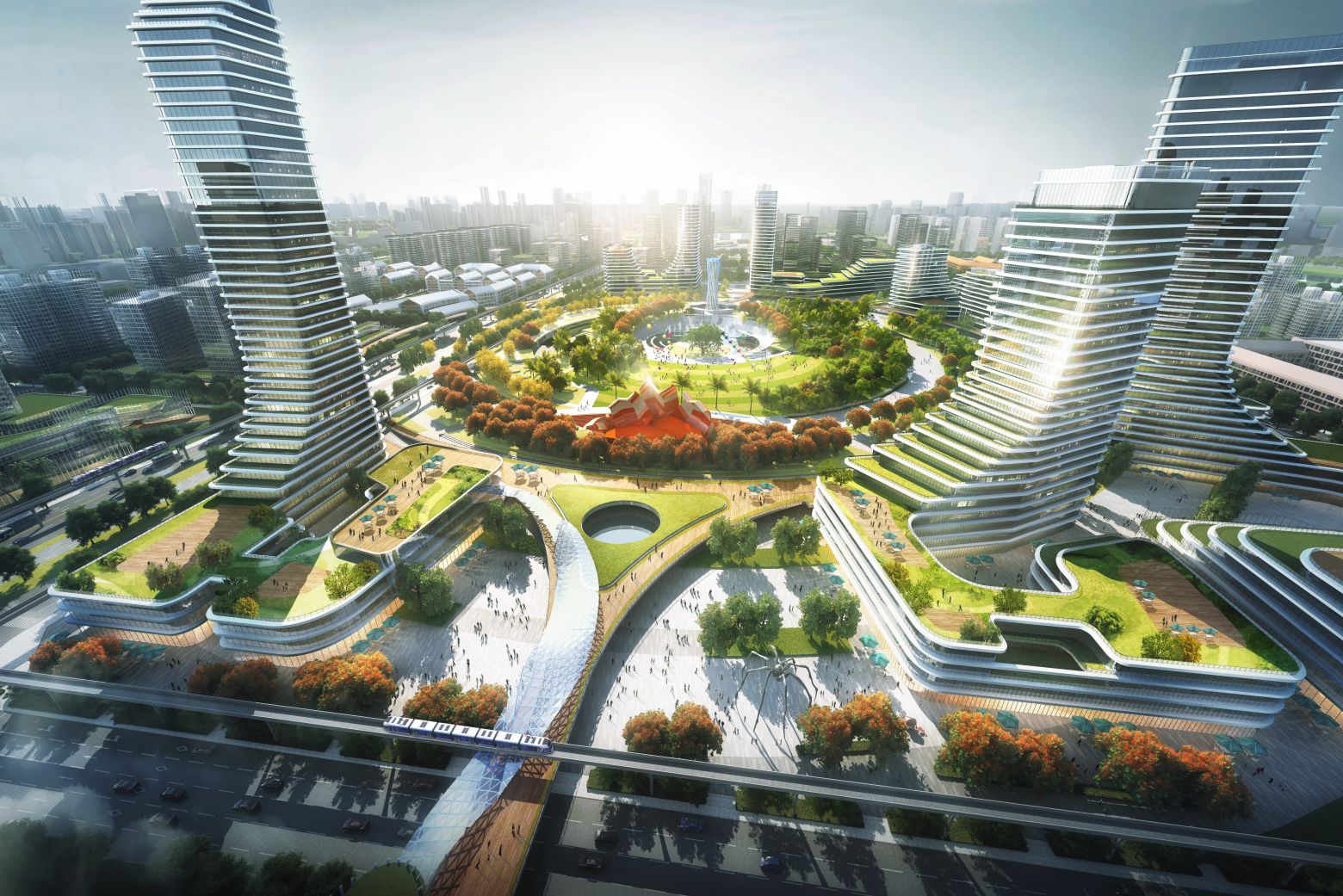
Endemic Living: The New Normal
In recent months, Singapore has begun the transition to endemic living. Essentially, it is widely accepted that COVID-19 will not be entirely eradicated, and will continue to circulate in some parts of the global population for years to come. Singaporeans and residents will have to mitigate the risks through vaccination, taking annual booster shots, and regular testing for COVID-19 through self-administered test kits. Along the way, small outbreaks of the disease are expected; and ongoing tracing, isolation, and treatment of infected persons will be a norm.
However, the underlying structural shifts with endemic living goes far beyond the above stated public health measures. Like many other cities, the year-long and ongoing phases of Circuit Breaker have introduced wide-ranging changes impacting Singapore and our communities, leading to deep-seated shifts in mindsets and behaviours. Some fundamental differences are remote operation, digital transformation, shifting urban lifestyles and mobility patterns. We will briefly examine these changes before relating to how these changes and trends will shape the future transformations of retail and community services.
Remote Operation
The needs to conduct business, learning, and activities remotely to minimise transmission risks have resulted in organisations and individuals discovering their abilities to operate remotely whenever needed. It is by no means the best and only mode of operation, as there are scenarios where face-to-face interaction is preferred, and the benefits of social spontaneity from close physical proximity with colleagues and friends are hard to measure or value.
Nonetheless, pandemic-resilient operations would demand that organisations incorporate some form of remote operations, to be scaled up or down in response to public health measures. Teams and individuals appear to have learned to be adaptable and flexible, while a diverse range of hybrid operation arrangements has emerged to balance remote and on-site operations. Some of the previously undiscovered benefits include better work-life balance, reduced commuting congestion and stress, flexible or staggered work hours, etc.
There are new challenges due to remote operations, for example, the blurring of personal and work demands and schedules, distractions from the home, inadequate supervision and trust between supervisors and subordinates, ineffective communication and coordination, unclear performance assessment, insufficient social interactions, etc.
Despite these challenges, the need for remote operation in the New Normal will remain. Cities and organisations will innovate and work out solutions to address the challenges because, ultimately, organisations must ensure their business continuity as cities build up their pandemic resilience.
Digital Transformation
Surveys have shown that companies have accelerated the digitisation of their customer and supply-chain interactions by three to four years. Beyond the customer-facing elements, similar accelerations took place in the digitalisation of internal operations, including back-office, production, and R&D processes, as well as interactions in their supply chains. It is also believed that the changes adopted are for the long haul, as the shifts in remote operation, customer needs and preferences, and benefits of technology will remain after the crisis. The momentum of change created will also continue to drive the adoption of new and deep technologies across sectors.
Shifting Urban Lifestyles and Mobility Patterns
A result of remote operations as enabled by digital transformation has resulted in a shift in urban lifestyles. Even though face-to-face interactions facilitate collaboration, social bonding, learning and innovation, the need to strengthen organisational resilience and maintain business continuity indicates that some remote work will remain with the aid of technology.
This shift in urban lifestyles is interrelated to an evident change in mobility patterns.
For example, based on the Google Mobility report for Singapore up to 1 Oct 2021, the visitorship to retail and recreation premises were about 27% lower than the aggregated baseline. After Singapore announced Phase 2 (Heightened Alert), which took effect from 10 Aug 2021 to contain transmission due to a resurgence of community cases, the visitorship dropped to about 30% below baseline. Visitorship to supermarkets and pharmacies dropped by 4%, parks dropped by 34%, workplaces dropped by 23%, and public transportation dropped by 34%. On the other hand, mobility trends around residential areas increased by 24%.
As Singapore and other cities gradually find their footing in restoring normalcy to economic and social activities with mitigated public health measures, the long-term effect on urban lifestyles and mobility patterns is still unclear. In any case, one of the lessons that COVID-19 taught us is for communities to embrace resilience as one of its essential qualities.
FUTURE: The Rise of Resilient Communities
Digital connectivity has to a great extent, made the old models of specialised zones obsolete – where work was taking place in business parks and CBDs, while people lived in residential districts. Many problems associated with urban and infrastructure stress, such as congestion and pollution during rush and peak hours, are due to models that relied heavily on physical proximity for clustering effects.
While the clustering effects of speciality functions at the district level will continue to yield benefits, it makes sense to integrate residential communities within the district or nearby. Mixed-use facilities that provide diverse work options, learning, and play will encourage more local commute using healthier and green options, such as walking and biking.
In this regard, Singapore has laid excellent foundations by providing layers of green, blue, and social infrastructure in different districts, particularly the HDB heartlands. A town centre acts as a nucleus in the HDB heartlands, supported by multi-modal transport facilities such as MRT stations and bus interchanges. Crucially, however, the distributed model of the different neighbourhoods built resilience into our HDB heartlands. HDB towns are organised into several neighbourhoods, serving their neighbourhood centres, schools, community centres, and sports facilities.
We anticipate that demand for a broader range of housing products will rise to meet different budgets in such resilient and mixed-use communities. The need for conducive, flexible spaces within the home to cater to remote-work or remote-learning applies to all income levels.
Fortunately, many public housing estates were designed with reserved sites and void decks, providing inherent flexibility and adaptability. There can be potential development of ‘third places’ to support remote-work and remote-learning and complement the traditional home (first place) and workplace (second place). For people who cannot afford larger homes, the availability of affordable ‘third places’ within easy reach may be viable alternatives, which may drive demand for affordable community and social services and jobs.
This blog post is the first part of a two-part series discussing retail environment trends in the new normal.
This article was authored by:
Ar. Tan Shao Yen, Group Chief Innovation Officer
CPG Corporation Pte Ltd
tan.shao.yen@cpgcorp.com.sg


